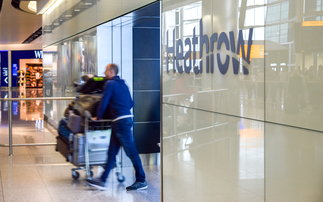Airlines will take more persuading than most before they trust desktop applications and services to remote provision
SITA, a specialist IT services provider to the airline industry, plans to provide cloud services from next year, but faith in the services it will offer seemed largely absent from customers attendi...
To continue reading this article...
Join Computing
- Unlimited access to real-time news, analysis and opinion from the technology industry
- Receive important and breaking news in our daily newsletter
- Be the first to hear about our events and awards programmes
- Join live member only interviews with IT leaders at the ‘IT Lounge’; your chance to ask your burning tech questions and have them answered
- Access to the Computing Delta hub providing market intelligence and research
- Receive our members-only newsletter with exclusive opinion pieces from senior IT Leaders






















